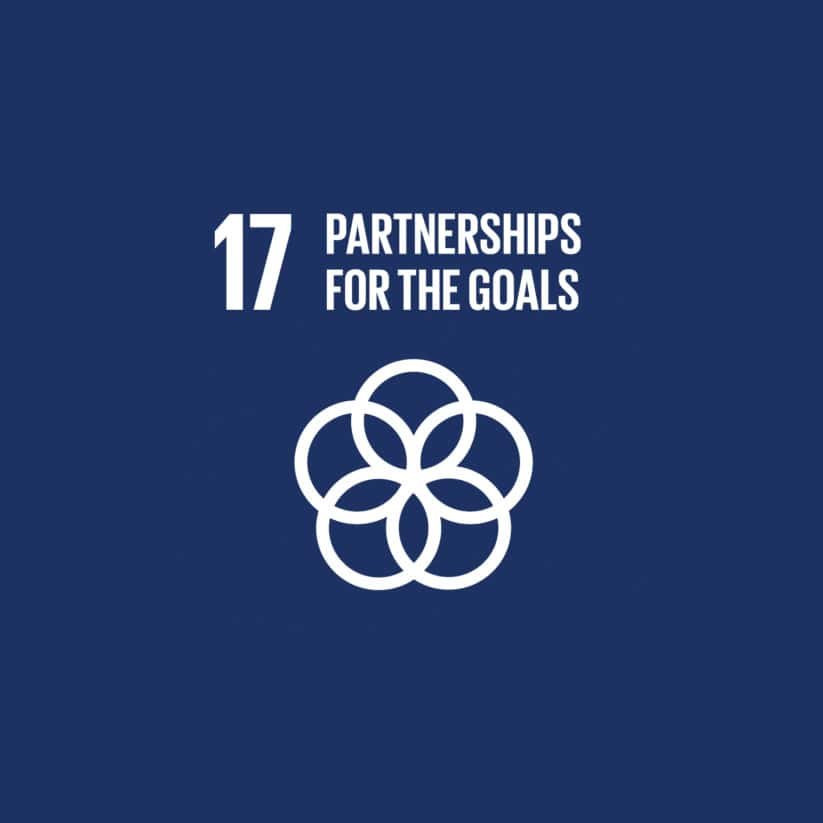
Forging ahead
Greening industry
Fortescue is a mining company with a difference. A leading producer of iron ore, it is committed to decarbonization as it transitions into a global green technology, metals, and energy company.
“Iron ore is essential for building stronger, more sustainable infrastructure, but business as usual is over. Fortescue is driving the fastest decarbonization agenda in the industry,” says Sinead Booth, Fortescue Group Manager, Decarbonization Delivery.
Founded in 2003, Fortescue has proven that through innovation it can succeed in an environment as challenging as Western Australia’s Pilbara iron ore mining region. Today, Fortescue is applying that same determination to show that sustainability and profitability can go hand in hand.
Real zero, not net zero
Mining is one of the most difficult sectors to decarbonize, presenting a significant engineering challenge. Despite this, Fortescue has set itself a bold climate target of real zero by 2030.
Real zero by 2030 means Fortescue will eliminate all fossil fuel emissions from its terrestrial iron ore operations in Australia by the end of this decade without the use of carbon offsets. To achieve this goal, the company is investing $6.2 billion to replace its heavy industry fleet with zero-emission alternatives, as well as building the green energy solutions needed to operate them, including solar, wind, and battery storage systems.
Fortescue believes that decarbonizing is not only possible, it’s profitable, and the company wants to help other heavy emitters to do the same.
“If we can transform our operations to real zero by 2030 while inventing the technology as we go, any sector can. This is the power of now,” says Booth.
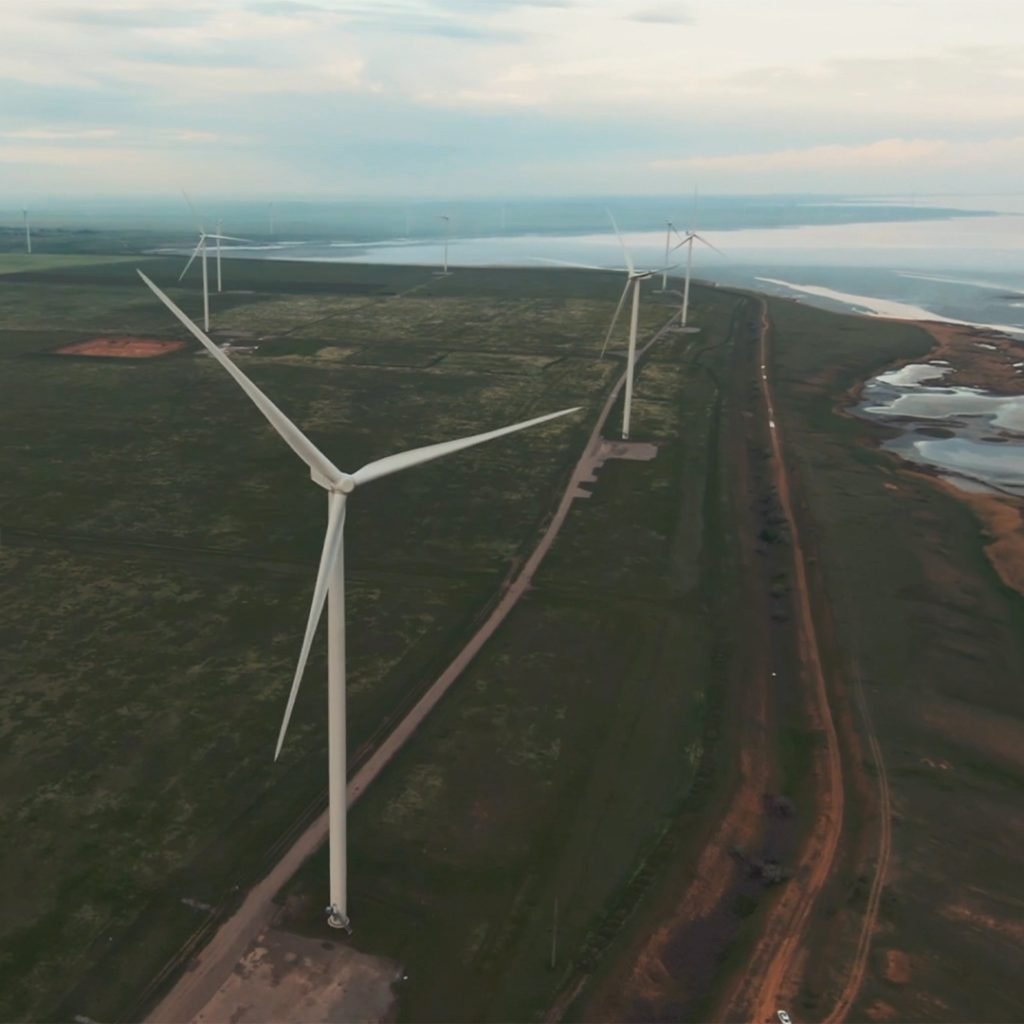
Where in the world?
Fortescue is a global green technology, energy and metals company headquartered in Western Australia. Fortescue also has a considerable UK presence with its battery technology arm, Fortescue Zero, based in Oxford.
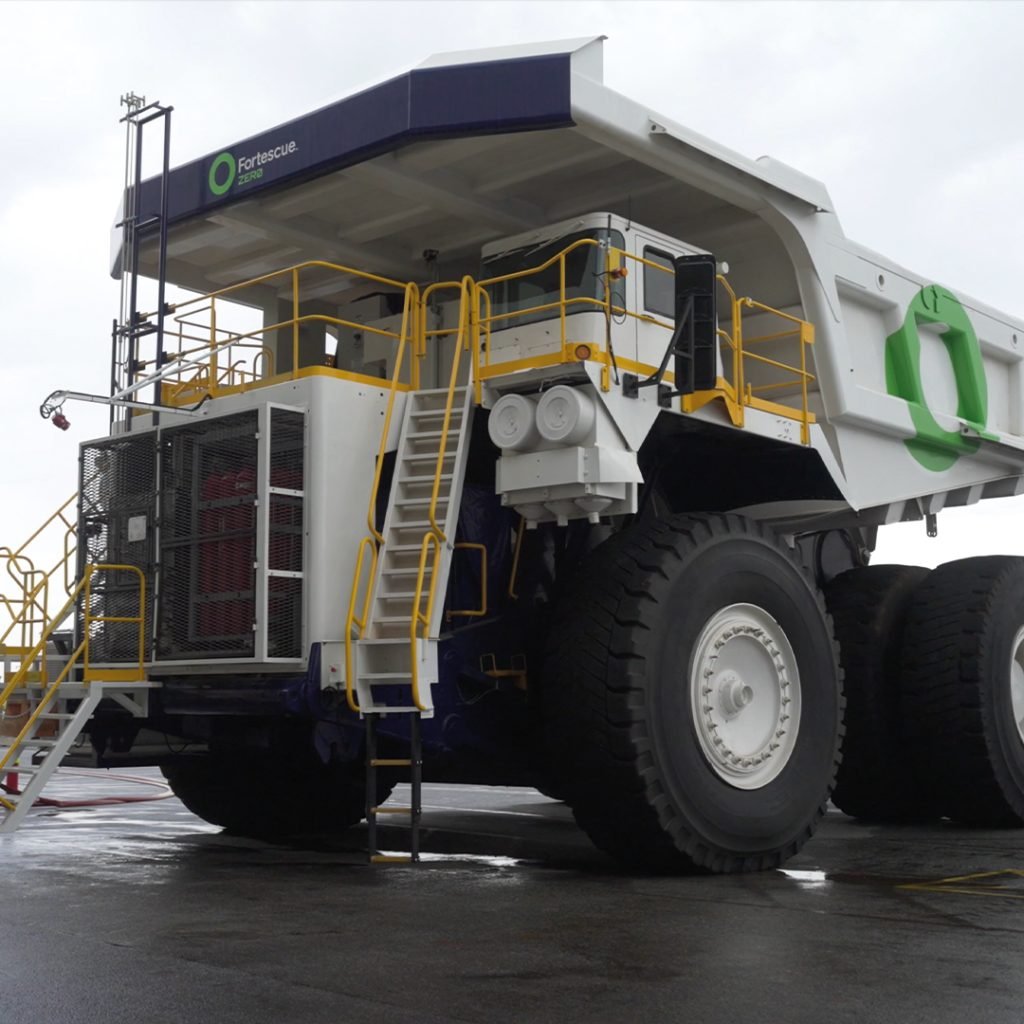
Eco trucks
Fortescue is not only creating the real zero solutions it needs to decarbonize, it is engineering, building, and selling the zero-emission technologies and solutions that other heavy emitters will also be able to use.
“We’ve always been innovators. So, when we went looking for technology we needed and found out it didn’t exist, we decided to engineer it ourselves,” says Vikram Menon, Principal Battery Systems Application, Fortescue.
Fortescue has partnered with German truck maker Liebherr to produce its groundbreaking T 264 Haul Truck, a 416-tonne autonomous piece of equipment, powered with a 3.2MWh battery system. The power system has been developed and deployed by the company’s in-house green technology arm, Fortescue Zero. Electric excavators and bulldozers are also in development as part of the $2.8 billion partnership.
What does a sustainable future look like?
For Fortescue, the future is about taking bold steps to transition industry, pushing the boundaries in technology and engineering.
In its pledge to achieve real zero by 2030, the company is fully committed to SDG 13, which aims to take urgent action to combat climate change and its impacts.
“It’s the right thing to do, for the planet, for people, and for the long-term resilience of our operations,” says Booth.
More SDG projects


SDG 2: Zero Hunger

SDG 3: Good Health and Well-being

SDG 4: Quality Education
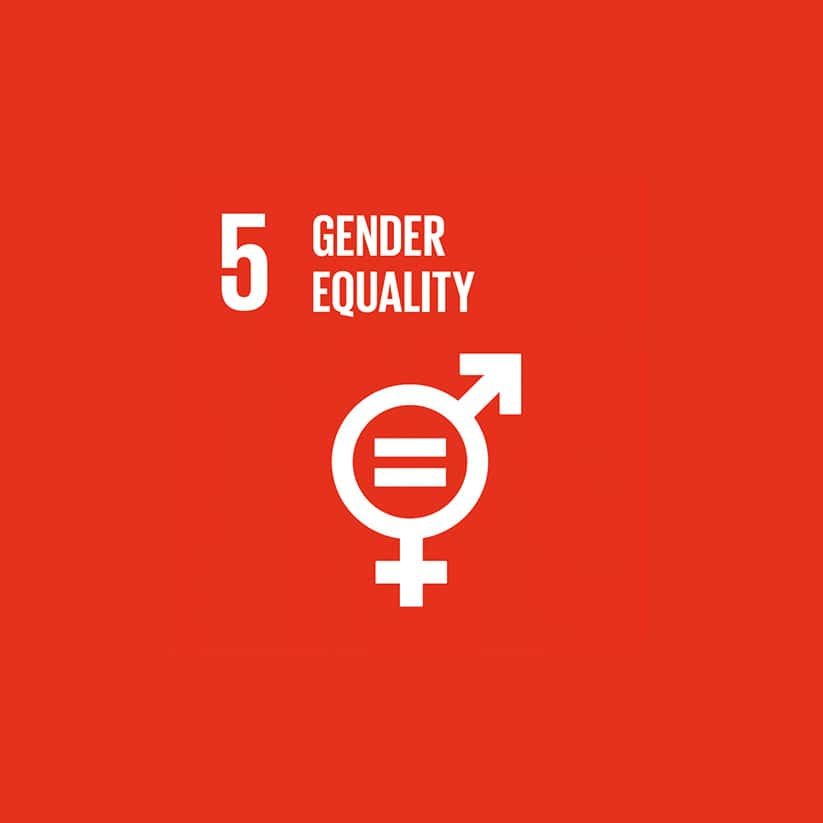
SDG 5: Gender Equality
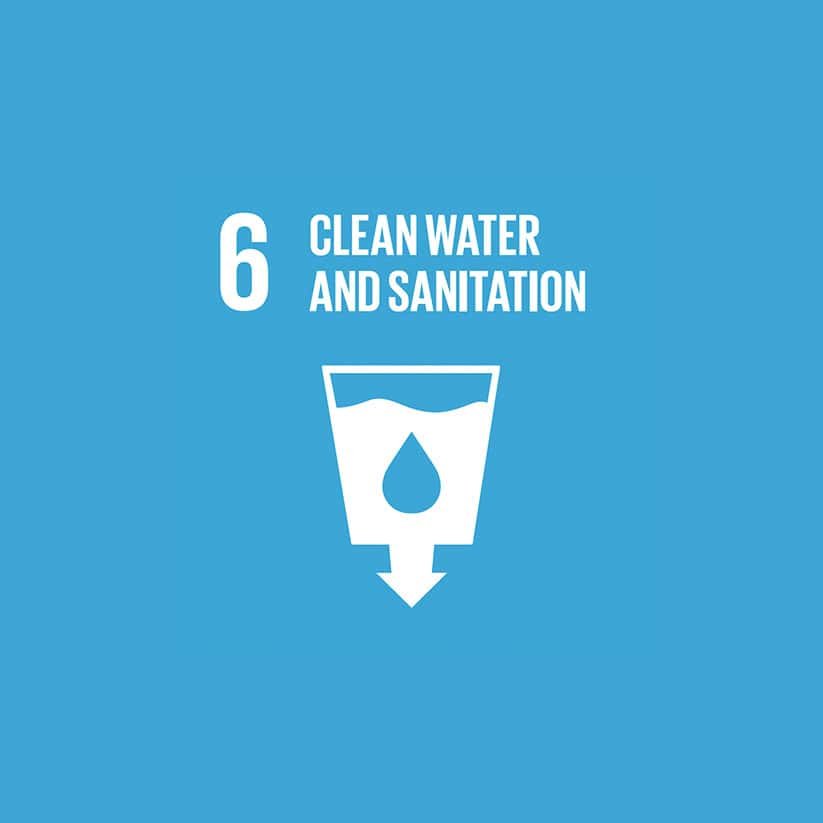
SDG 6: Clean Water and Sanitation
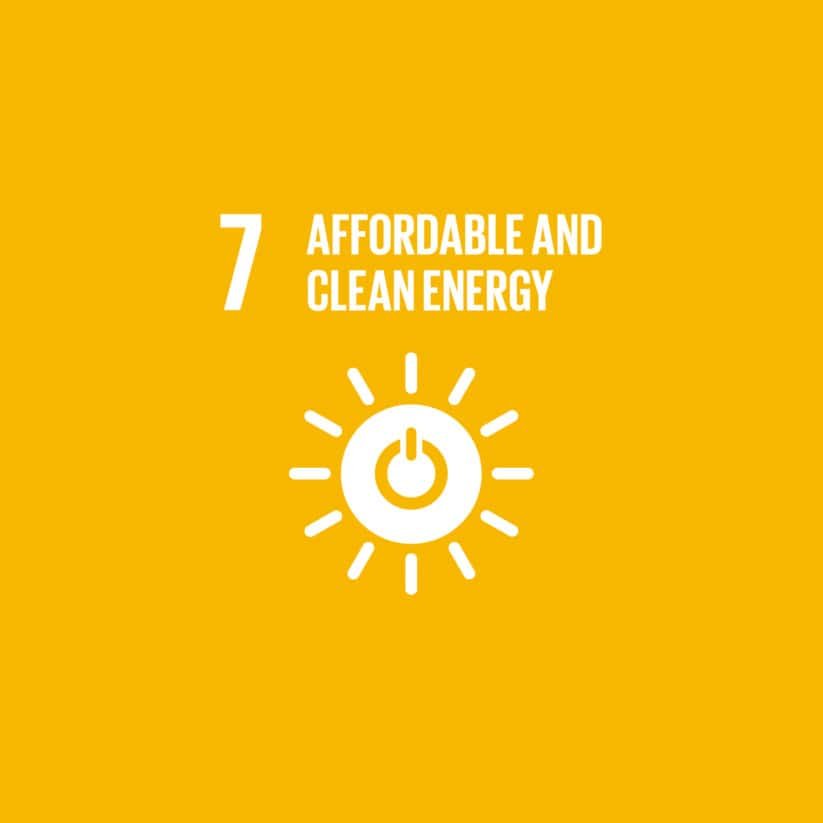
SDG 7: Affordable and Clean Energy
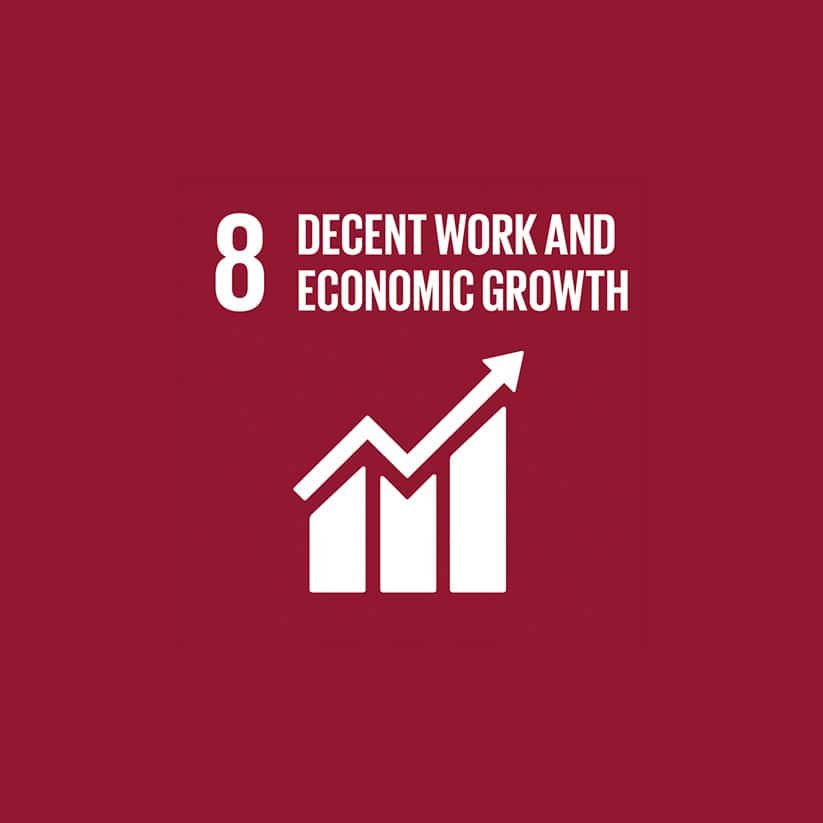
SDG 8: Decent Work and Economic Growth
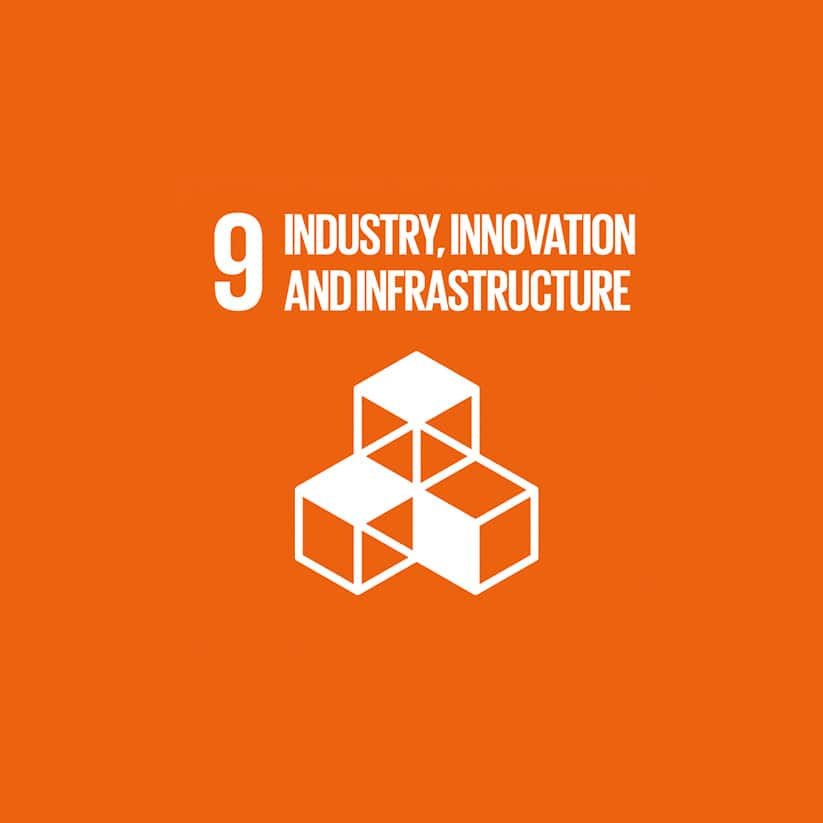
SDG 9: Industry, Innovation, and Infrastructure
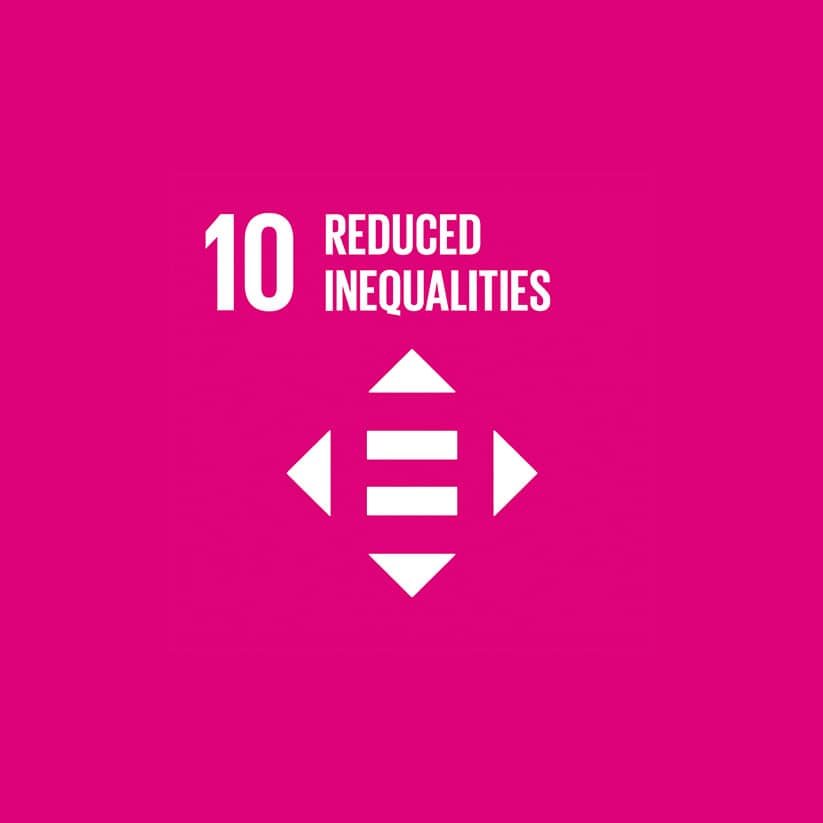
SDG 10: Reduced Inequalities
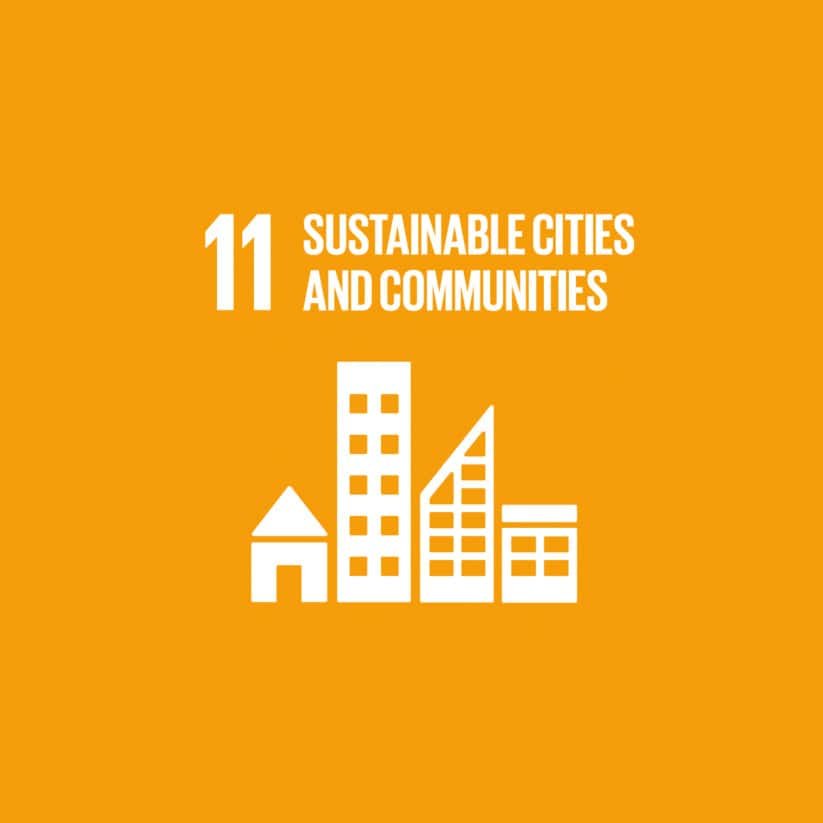
SDG 11: Sustainable Cities and Communities
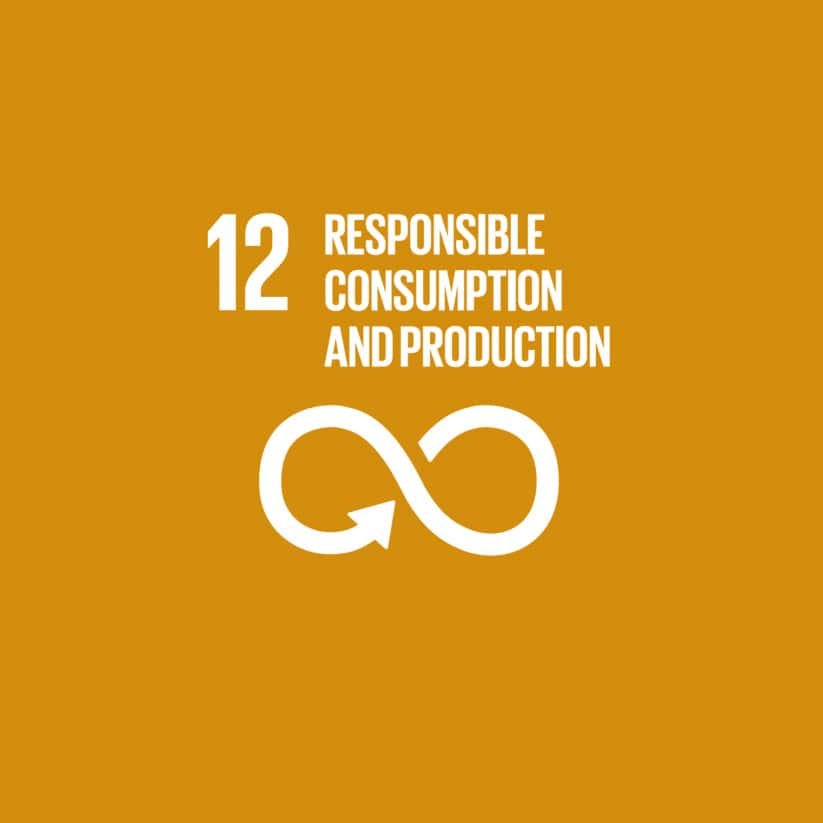
SDG 12: Responsible Consumption and Production

SDG 13: Climate Action
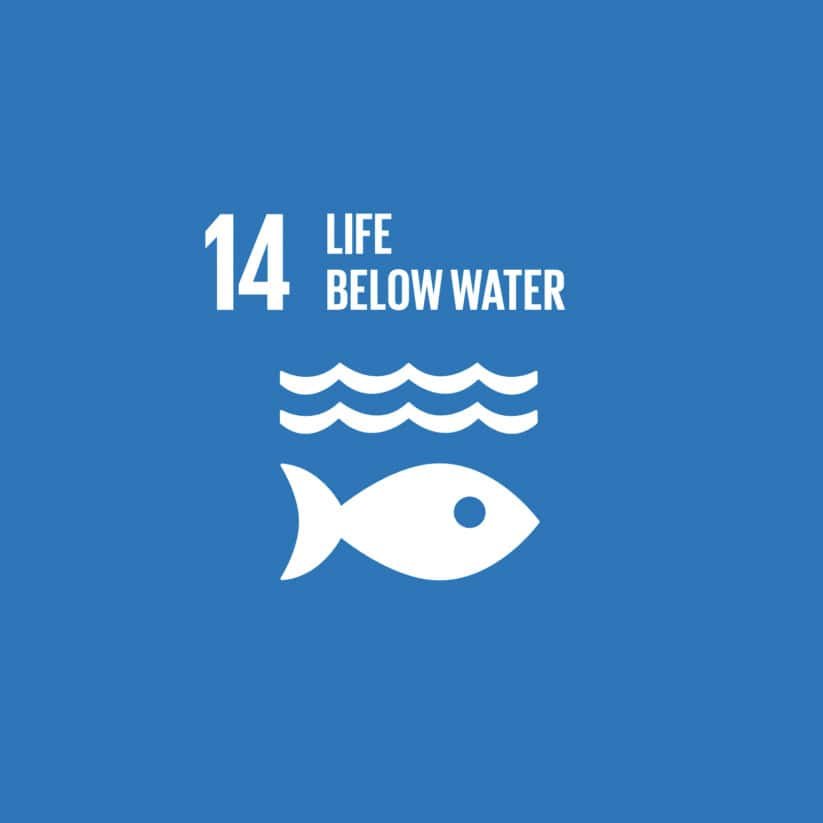
SDG 14: Life Below Water
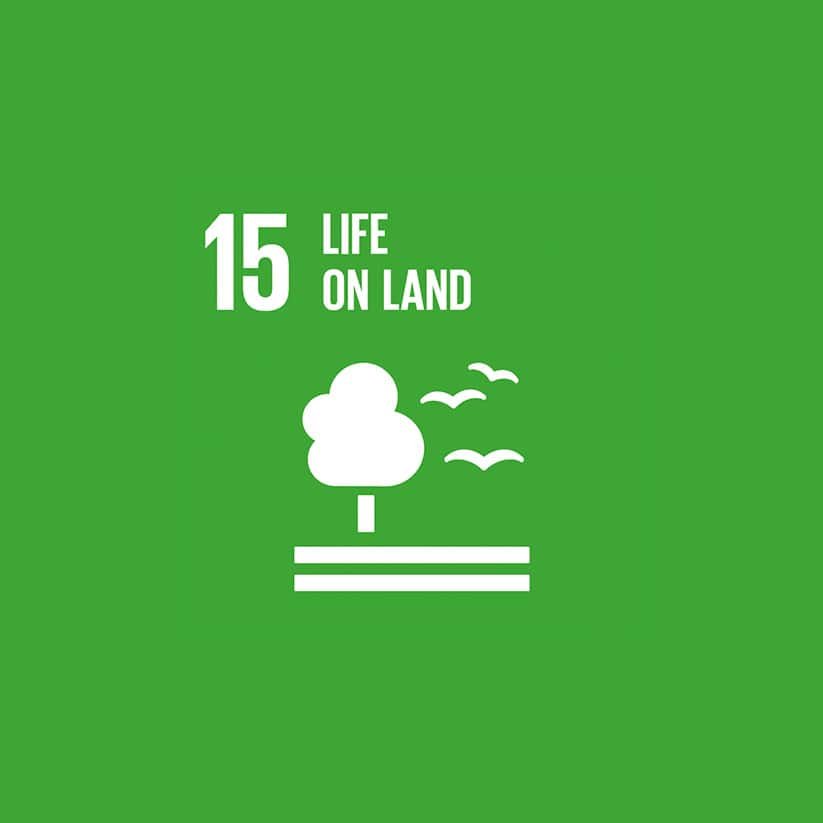
SDG 15: Life on Land

SDG 16: Peace, Justice, and Strong Institutions
